Thursday, 10:00am
2 May 2019
Optimism and purpose
The Art of Persuasion: Wartime Posters by Abram Games
National Army Museum, London. Until 24 November 2019.The wartime posters of Abram Games retain their persuasive power. Review by Monika Parrinder
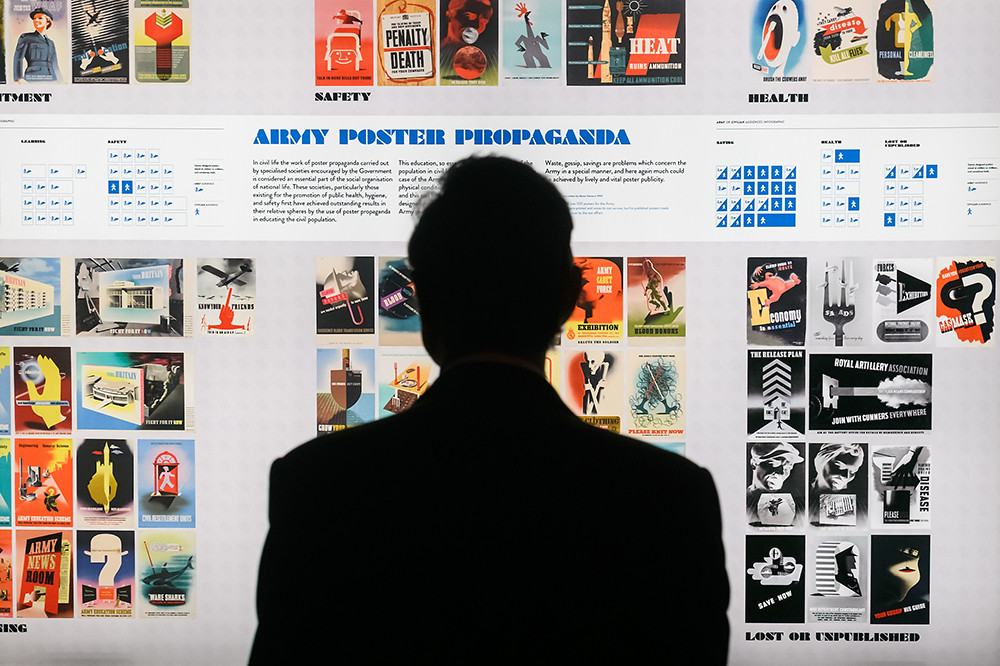
This big retrospective exhibition of wartime posters by Abram Games at the National Army Museum is an opportunity to learn from the past, writes Monika Parrinder.
Cause and effect: montage brings different spaces and times together to show that Talk Kills (1942). Courtesy National Army Museum.
Top. Typology of Games’s propaganda posters at ‘The Art of Persuasion’. Photograph: James McCauley, 2019.
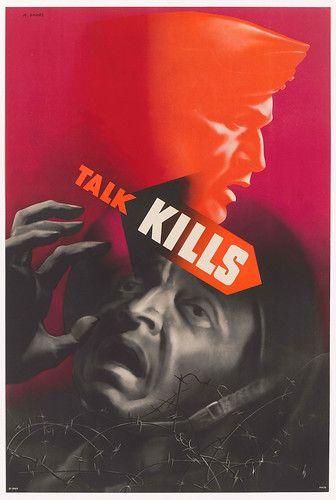
In dark times, Games forged a rich, new visual language for mass communication. He wrote: ‘An idea has to be … implanted imaginatively, in such a way as to fire the interest and kindle a response to new thinking.’
Serve as a Soldier. Vote as a Citizen (1945) is a poster encouraging voter registration for soldiers. ‘The idea was to wind the spring,’ wrote Games. ‘Then the viewer would have the spring released in his mind.’ Courtesy National Army Museum.
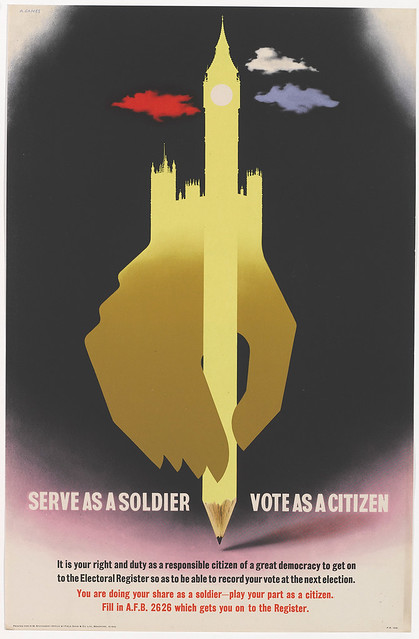
Games’s career spanned a period from 1930s advertising to the 1951 Festival of Britain and beyond. Exhibition curator Emma Mawdsley and Designer Malcolm Clarke focus on Games’s wartime work and the ‘art of persuasion’.
From 1941-45, Games designed more than 100 posters for the War Office. The show organises these around themes: early life; recruitment; education; morale-boosting; health and hygiene for soldiers; civilians’ posters; and ‘the way forward’. Signature posters inspire the design of each section. One strength of the show is the context it provides. There’s a fluent shift in mode and scale from the details of process – original sketches and documents – to broader interpretations of significance and scope, often in the form of new installations.
ATS area of ‘The Art of Persuasion’. Photo: James McCauley, 2019.
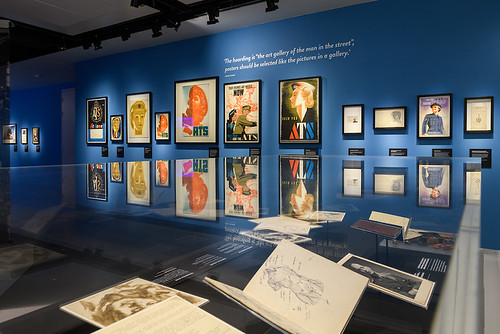
Games combined his mastery of modern visual language with a social conscience. His glamorous ATS recruitment poster of 1941 drew on modern advertising techniques, prompted questions in parliament and was quickly withdrawn.
Interactive War Office desk: visitors can use Games’s iconography to design a poster. Photo: James McCauley, 2019.
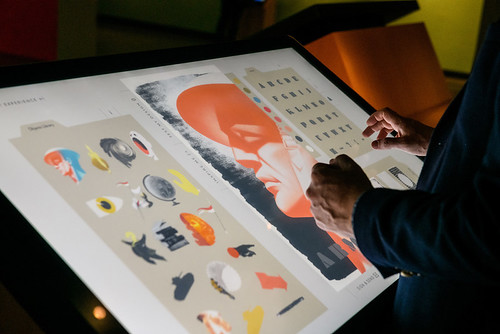
Posters can act upon the individual to consider themselves in relation to the public good. Games’s work was central in making civilians feel part of a ‘Home Front’ – engaged but obedient, and as important as the military front.
Games often used posters to promote collective discussion about possible futures. Your Britain. Fight for It Now (1942) juxtaposed a background of ruined Britain against the Modern architecture of new state building – a campaign criticised as being ‘too socialist’ by prime minister Winston Churchill .
Games’s ‘graphic thinking’ brought together Soviet montage and European Surrealism. He juxtaposed two ideas to create a third, in which the third element – the meaning – is created in the mind of the viewer. This legacy is seen in advertising’s ‘Big Idea’ and identity design everywhere.
A 1943 sketch for Army: The Worthwhile Job. Games spent hours redrawing and reducing his designs – often hundreds of times – to their simplified essence. ‘If ideas don’t work an inch high, they are never going to work.’

In the campaign to show that ‘Careless Talk Costs Lives’, the picture space becomes temporal – before and after – to warn about cause and effect. In Your Talk May Kill Your Comrades (1942), a dagger of ‘talk’ spirals forward to spear soldiers. In others, montage enables incongruous elements to be brought to bear on each other – at its most gruesome, the documentary evidence of death is literally brought ‘to mind’.
Your Talk May Kill Your Comrades (1942). Courtesy National Army Museum.

One tension in the show is the relationship between persuasion and propaganda. Games distanced himself from the tactics of the First World War. The pointing fingers and staring eyes of the Lord Kitchener Army recruitment poster used in the 1914-18 war might be gone, but Games was a master of the ideological construction.
In the picture: Games had no need for pointing fingers – you are already recruited to the job (1941).

In Radio Location (1941), the letters ‘o’, ‘l’ and ‘o’ become the equipment’s operating buttons – right where the viewer’s hands are. Ideology works even more effectively when it is naturalised: you are already in the job.
Last month English Heritage installed a blue plaque in London’s Golders Green neighbourhood marking the studio and house where Games worked and lived for nearly half a century. So now is a good moment to remember that it was a second-generation émigré, making use of international styles, who created a defining language for the poster in mid-twentieth-century Britain.
Your Britain. Fight for It Now (1942) promotes collective discussion about the future. Courtesy National Army Museum.

Monika Parrinder, design writer, consultant, educator, London
Eye is the world’s most beautiful and collectable graphic design journal, published quarterly for professional designers, students and anyone interested in critical, informed writing about graphic design and visual culture. It is available from all good design bookshops and online at the Eye shop, where you can buy subscriptions and single issues.
